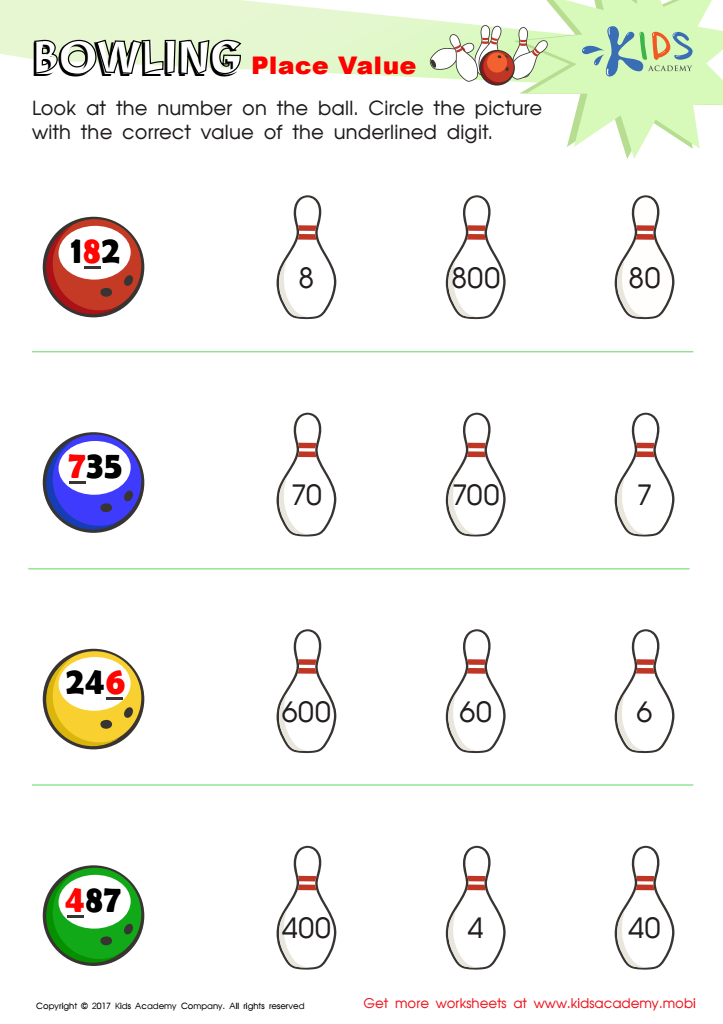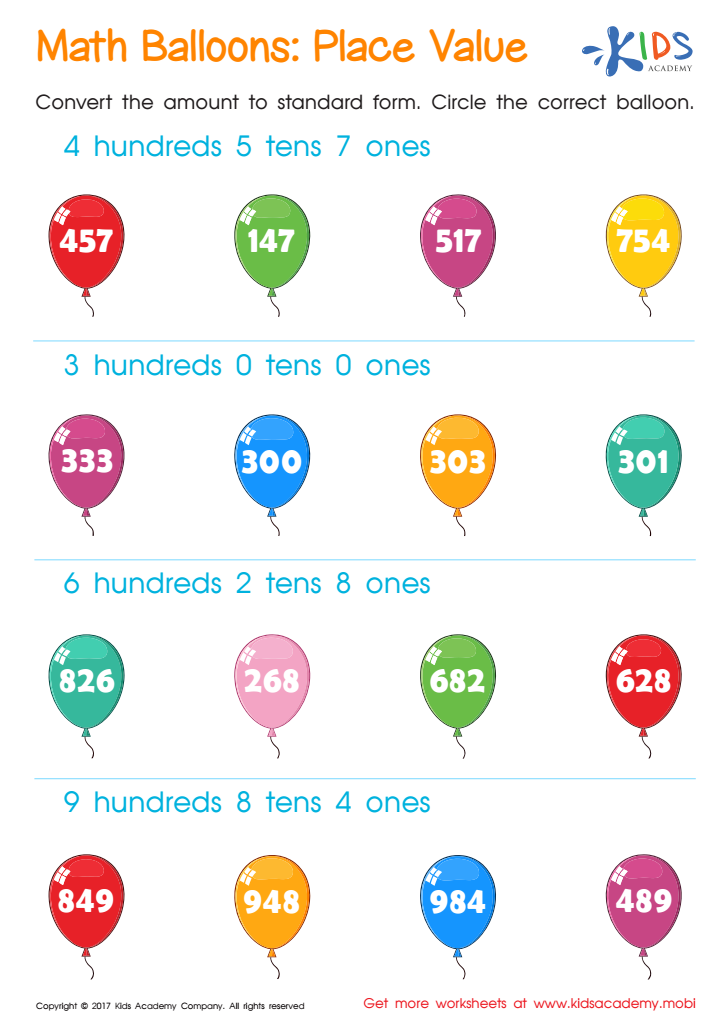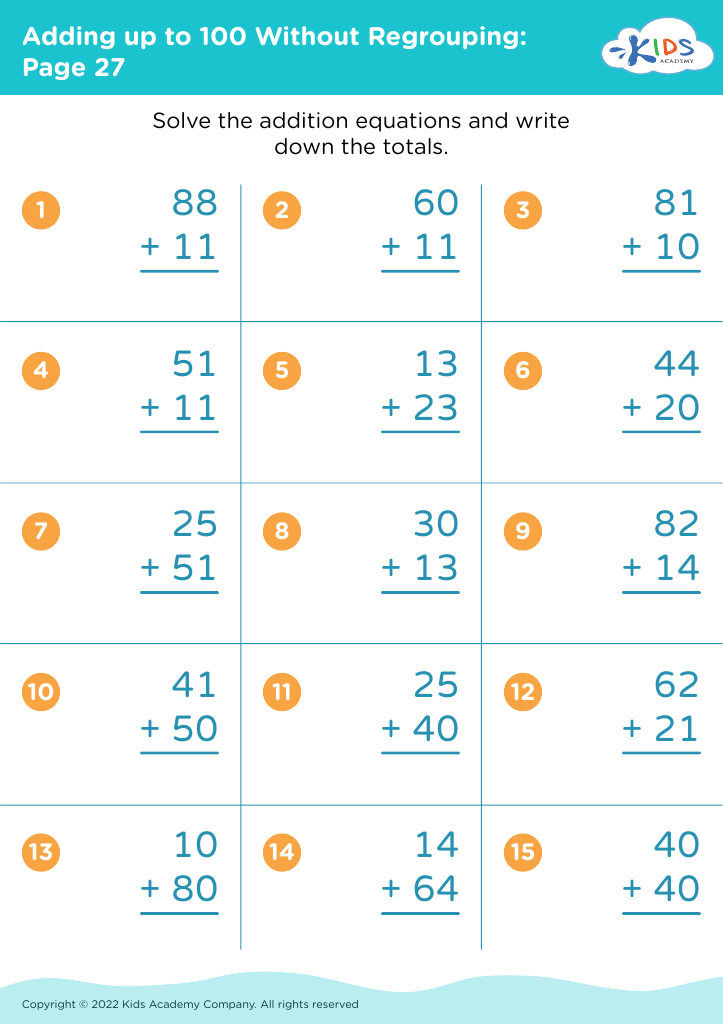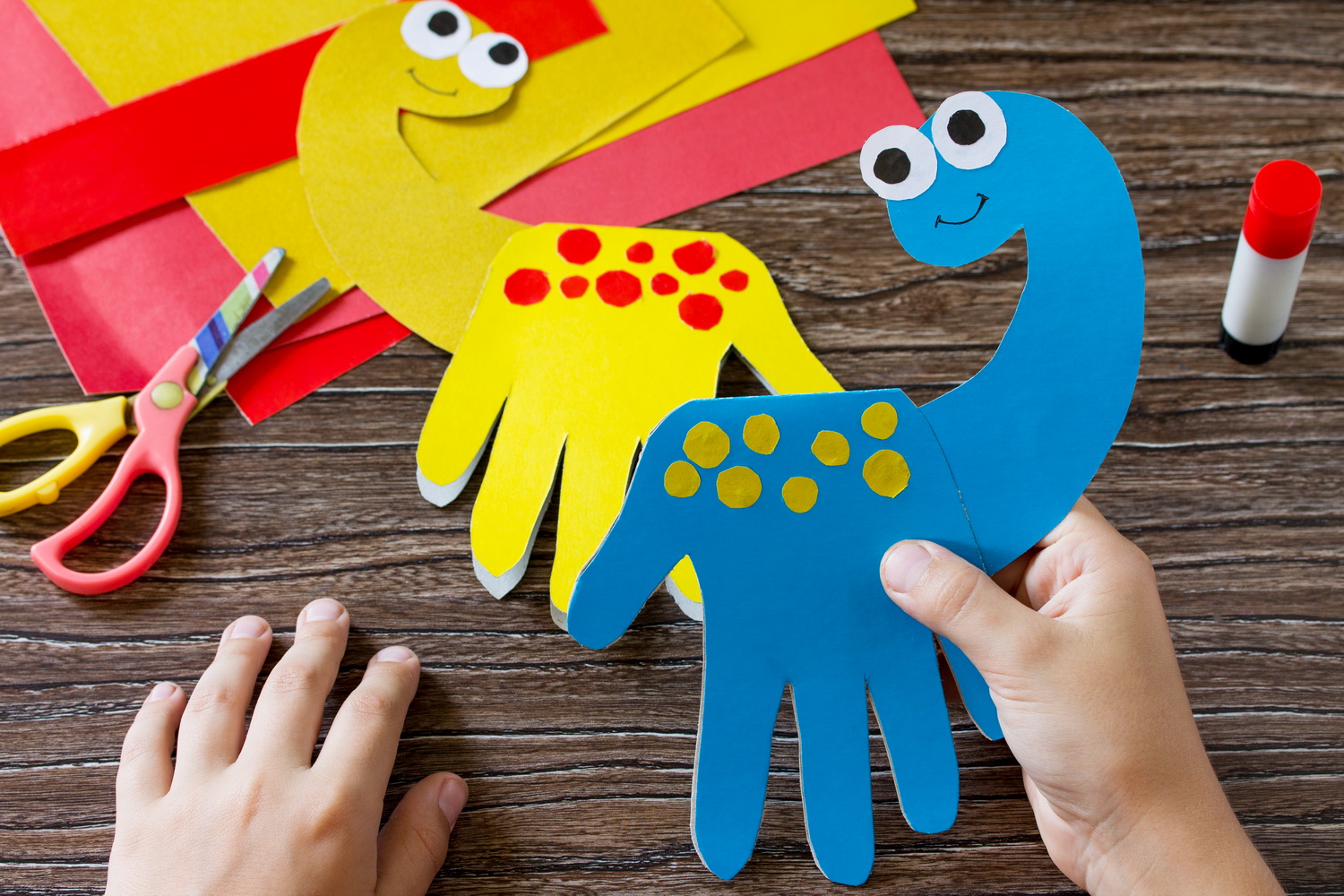Recognizing number patterns Worksheets for Ages 7-9
5 filtered results
-
From - To
Discover our engaging worksheets designed to help children ages 7-9 recognize number patterns! These carefully crafted resources enhance mathematical skills by encouraging young learners to identify sequences, explore number relationships, and build foundational problem-solving abilities. Each worksheet features a variety of fun, interactive activities that promote critical thinking and boost confidence in math. Perfect for both classroom use and at-home practice, our Recognizing Number Patterns worksheets stimulate cognitive growth while keeping learning enjoyable. Empower your child with essential math skills today by downloading our free worksheets and watch them thrive in their understanding of number patterns!


Finding a Ten Worksheet


Place Value Worksheet


Place Value Printable Worksheet


10 Tens Make 1 Hundred Worksheet
Recognizing number patterns is a crucial skill for children ages 7-9, and it's important for both parents and teachers to actively support this development. At this age, children's cognitive abilities are rapidly expanding, and they are beginning to understand more complex mathematical concepts. Recognizing number patterns helps build a foundation for critical thinking and problem-solving skills.
When children identify patterns, they enhance their ability to predict outcomes and comprehend the relationships between numbers. This skill not only aids in arithmetic but also serves as a precursor for more advanced topics in mathematics, like algebra and geometry. Additionally, pattern recognition fosters perseverance and analytical thinking, as children must investigate and explore various approaches to discover solutions.
Moreover, understanding patterns can be linked to real-life situations, such as recognizing trends in nature, sports statistics, or even art. This relevance can make learning more engaging and meaningful, prompting curiosity and a love for math. By promoting pattern recognition, parents and teachers encourage confident, capable learners who see mathematics as an exciting and integral part of everyday life. Supporting this learning early can greatly prepare children for future academic challenges and enchant their lifelong relationship with mathematics.
 Assign to My Students
Assign to My Students






















